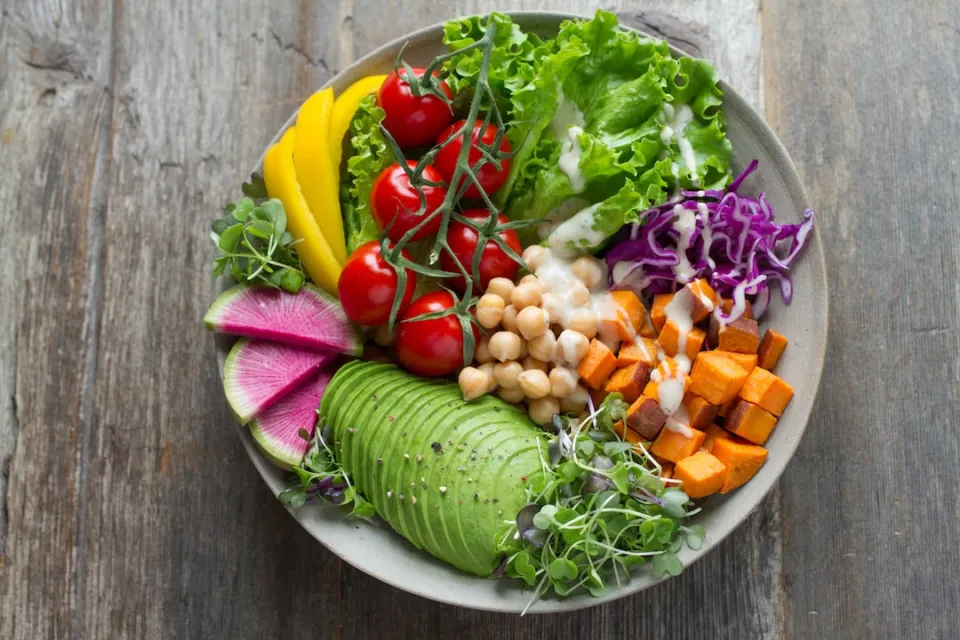As we age, it becomes increasingly important to focus on maintaining our health and wellness. Staying active is not just beneficial for managing weight; it’s crucial for preserving mobility, enhancing mood, and improving quality of life. While the challenges of physical activity may seem daunting at first, there are numerous ways to integrate exercise into daily routines, no matter one’s age or physical condition. In this article, we’ll explore effective strategies and tips for older adults to remain vital and vibrant through fitness.
The Role of Diet in Maintaining an Active Lifestyle
An active lifestyle for older adults should be complemented with a nutritious diet and proper hydration. Quality food provides the fuel for the body to perform exercises and recover after workouts. A balanced diet rich in fruits, vegetables, lean proteins, and whole grains helps maintain energy levels and supports overall health.
In supporting physical activity with nutrition, supplements catered to seniors’ needs, like those found at naturesblendbydrmarty.com, can be beneficial. It is packed with essential vitamins, minerals, antioxidants, and other beneficial compounds that support wellness. These can ensure an adequate intake of nutrients, fill in any dietary gaps, and support an active and healthy lifestyle when used in conjunction with a varied and balanced diet. By providing the body with such a wide range of nutrients, Nature’s Blend helps seniors maintain an active and vibrant lifestyle.
Consulting your doctor or dietician can provide personalized advice to align dietary choices with activity levels and health goals. Always ask before adding any new products or supplements to your routine, they can explain how they may impact any health conditions you have or interact with medications you’re taking.
This is particularly important when considering supplements like fish oil for brain fog, as healthcare professionals can offer insights tailored to your individual needs and circumstances.
Understanding the Importance of Physical Activity for Older Adults

For older adults, staying physically active is one of the best ways to ensure a higher quality of life. Transportation to these local resources can sometimes be a barrier for seniors. Fortunately, services like GoGoGrandparent can provide safe and reliable options for those who don’t drive. By partnering with GoGoGrandparent, seniors can regain their independence and freedom. They are no longer reliant on family or friends to take them places, as they can easily book rides whenever they need to go out for errands, medical appointments, or simply to socialize. You can learn more by reading this GoGoGrandparent review.
Exercise maintains muscle mass, improves balance, and reduces the risk of chronic diseases such as heart disease and diabetes. Additionally, regular physical activity is linked to better cognitive function, potentially staving off cognitive decline and improving mental health. Group sessions such as walking clubs or water aerobics classes allow for social interaction and community building.
It’s common for older adults to encounter barriers to exercise, such as fear of injury or lack of mobility. However, the benefits of overcoming these obstacles are significant. Healthcare providers often emphasize the role of physical activity in managing symptoms of arthritis, osteoporosis, and other age-related conditions.
Staying Motivated and Overcoming Common Barriers to Exercise

Staying motivated to keep up with an exercise routine can be challenging, particularly when facing the typical barriers of later life, such as chronic pain or reduced mobility. Setting realistic, achievable goals is a fundamental starting point. Celebrating small victories and progress can fuel further motivation and commitment to an active lifestyle. Joining group classes or partnering with a friend for regular workouts can also offer social encouragement and accountability.
This companionship not only makes exercising more enjoyable but also strengthens community ties and mental well-being. Group settings, moreover, provide a space to share experiences and tips, making the journey toward fitness a collective endeavor. Adjusting activities to accommodate physical limitations is necessary, too. The key is to find activities that are enjoyable and manageable, thereby reducing feelings of frustration or the temptation to give up.
As this article demonstrates, staying active in the golden years is a multifaceted venture that involves integrating exercise into daily routines, seeking community resources, prioritizing nutrition and hydration, and maintaining motivation through various strategies. When managed thoughtfully, physical activity turns into a source of joy and vitality, fostering a life full of health and happiness for older adults.
